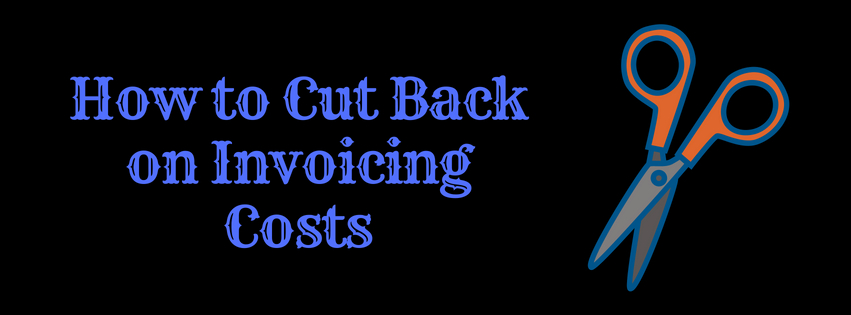It may seem a little counter-intuitive to consider how much it costs your business to receive money, but according to a recent Customer Credit and Open Invoicing Standards Bench-marking survey by APQC, sending a single invoice can cost up to $9.00. Multiply that amount by the number of invoices your business sends per month, and the price begins to add up.
For the 896 businesses that were surveyed – with the costs of labor, overhead, billing systems, outsourcing, and other expenses considered – the results were broken up into three tiers:
- Top performers paying an average of $2/per invoice;
- Median performers paying an average of $3.94/per invoice; and
- Bottom performers paying an average of $9/per invoice.
So, how can you bump your business up to the top performance tier? Here’s some tips on how to cut back on invoicing costs.
1) Bridge Your Sales and Accounting Teams
Invoicing can be difficult for an accounting team if there lacks clear communication between the sales team or a difference in system.
To eliminate the added time, cost, and potential error of translating shorthand or verifying with the sales team, develop a standardized Enterprise Resource Planning system (ERP) between both teams to clearly regulate and pass on information like the customer’s name, address, tax information, cost, item purchased, and more.
2) Invoice Electronically
Perhaps one of the simplest changes one can make to cut back on costs is switching to electronic invoices. This can not only speed up the processing time and cut back on labor costs through automation, but also save on money that would normally go to purchasing paper, envelopes, and postage.
3) Automate Your Systems
Having to create manual changes to an invoice can be a time-consuming process – one that can for the most part be avoided through automated systems. Even something as simple as creating an invoice checklist to avoid errors, a basic invoice template to cut back on creation time, or building a common system between sales and accounting teams to make the occasional discount easy to implement, can go a long way.
4) Eliminate Timewasters and Custom Pricing
According to the practices of top tier performers, the only customization that should happen within an invoice is with the item purchased. Custom pricing is incredibly inefficient and often leads to inaccurate invoicing, payment delays, or time-consuming communication.
Other factors that can slow down the invoicing process include excessive approval levels, out-of-date or missing customer data, and unnecessary order requirements.
5) Keep Adapting
Like most things in business, a key practice for those wishing to be successful is to continually test and troubleshoot their systems – invoicing being no exception. To keep improving, take a critical look at your processes, interdepartmental communications, or existing systems to see if there’s any way to enhance efficiency or standards, and don’t forget to schedule regular evaluations for the future.
If the market is continually evolving, then so should your business and most likely your invoicing too! If you feel you are paying too much in invoicing processing costs, reach out to us at 310-534-5577 to discuss options to help.
